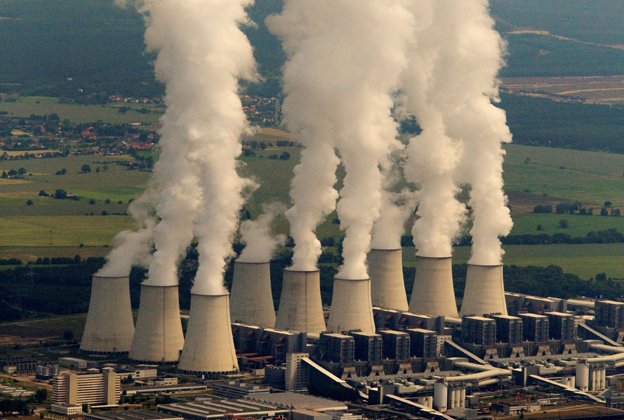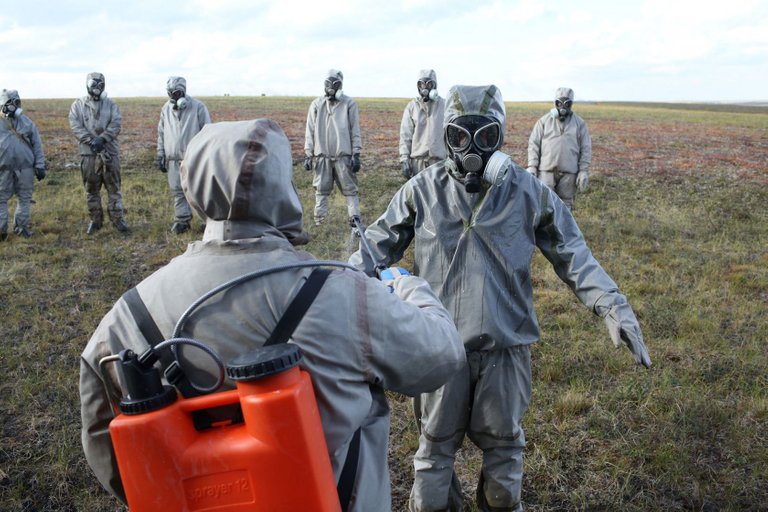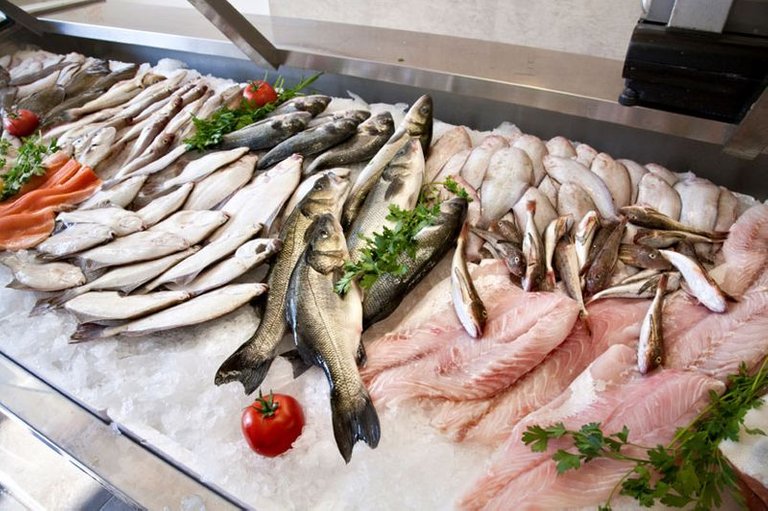
Sure climate change is bad but at least it’s not causing more cases of flesh eating bacteria or something… no you’re kidding, seriously? We talk about climate change a lot here, probably because it’s a massive looming problem that will affect the globe in profound ways. You already know most of them by heart I’m sure: melting ice caps, rising sea levels, changing rainfall patterns that lead to droughts and food shortages. All bad stuff that’s in the not too distant future. But what if I told you that climate change is causing problems already, and some of them are truly unexpected?

Take for example a recent anthrax outbreak in Siberia. If you’re like me, you only know anthrax as this white powder that gets mailed to someone and then everyone freaks out because it could kill you. So you may be wondering what madman is mailing a bioweapon to people in one of the most remote places in the world. But in reality, the bacterium that causes anthrax infections, Bacillus anthracis, occurs naturally and infects an estimated 2,000 people each year. Back in the early 20th century, anthrax outbreaks were common in Siberia.

Anthrax infections killed over a million reindeer, and they were buried in about 7000 burial grounds by the indigenous Nenets. But since then it’s been quiet, with the last outbreak in Siberia happening in 1941 Now the same bacteria that caused those outbreaks could be responsible for the 20 Siberians who contracted anthrax in August of 2016, and I do mean the exact same bacteria. The current hypothesis is after the infected reindeer were buried, the bacteria were essentially refrigerated by the permafrost heaped on top of them.

Now that temperatures are climbing upward, that frozen soil is starting to thaw, unleashing spores across the tundra and infecting reindeer and people anew. If rising temperatures are the culprit, then the Nenets can expect anthrax outbreaks every summer. There could be other dormant bacteria up there waiting to be reawakened too, like bubonic plague, or a disease that hasn’t occurred naturally since 1977, smallpox. Climate change might be doing more than revive frozen microbes north of the Arctic circle; it could be helping microbes closer to the equator too, like Vibrio vulnificus. That little guy is also known as a flesh-eating bacteria, and it does well in warm and brackish waters. Guess what climate change causes more of? Warm and brackish waters. Global incidents of V. vulnificus have been steadily rising for the last 4 decades. Now there are about 80,000 cases in the US each year. Before you shout that correlation does not necessarily equal causation and bring a tear of joy to my eye like a proud parent, a study in June published in the Proceedings of the National Academy of Sciences found that warmer surface ocean temperatures are causing blooms of the bacteria and are associated with the increased incidence of infection in Northern Europe and the US Atlantic coast.

Most of the infections come from eating contaminated seafood raw and in those cases the cholera-like symptoms like diarrhea, cramping, and fever usually pass after 3 days. But Vibrio can also find it’s way into open cuts, causing lesions that grow rapidly. 20% of the time these infections are fatal. Climate change isn’t some far-off problem with hypothetical impacts that will be felt 50 years from now. It’s creating problems already, and some of these problems come out of left field, like these revived and revitalized bacteria. Don’t worry though, because the hotter temperatures can kill bacteria too! Except that’s happening in deserts, where the bacteria helps keep the soil from eroding. Seriously climate change, can you just chill out?
If you enjoyed, Resteem and Follow me @masonmiler for more content just like this, and as always, take care of yourselves, and take care of each other :)